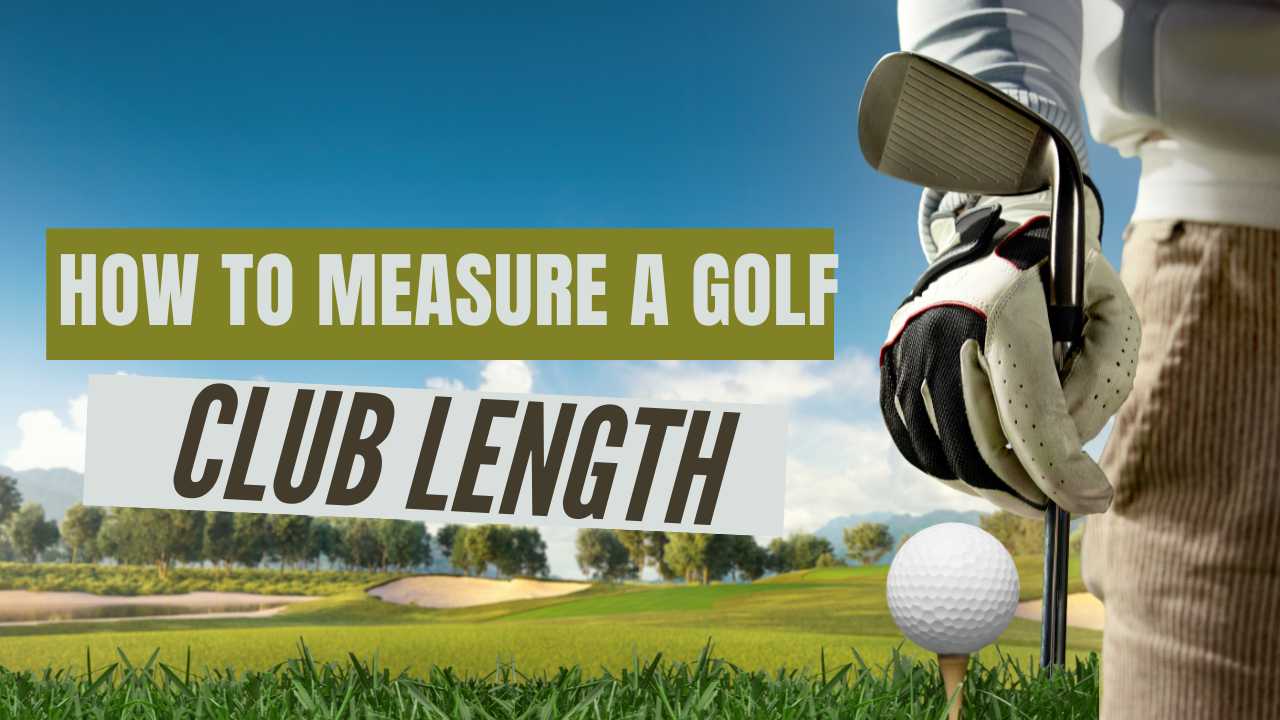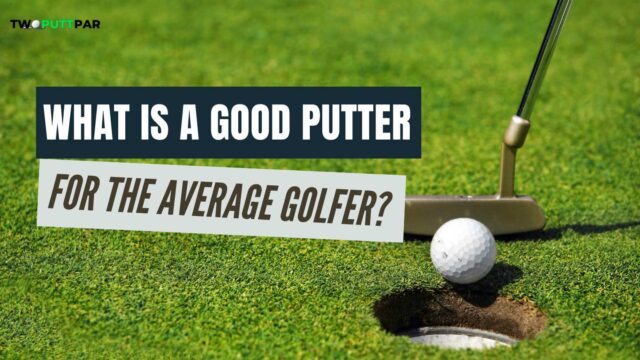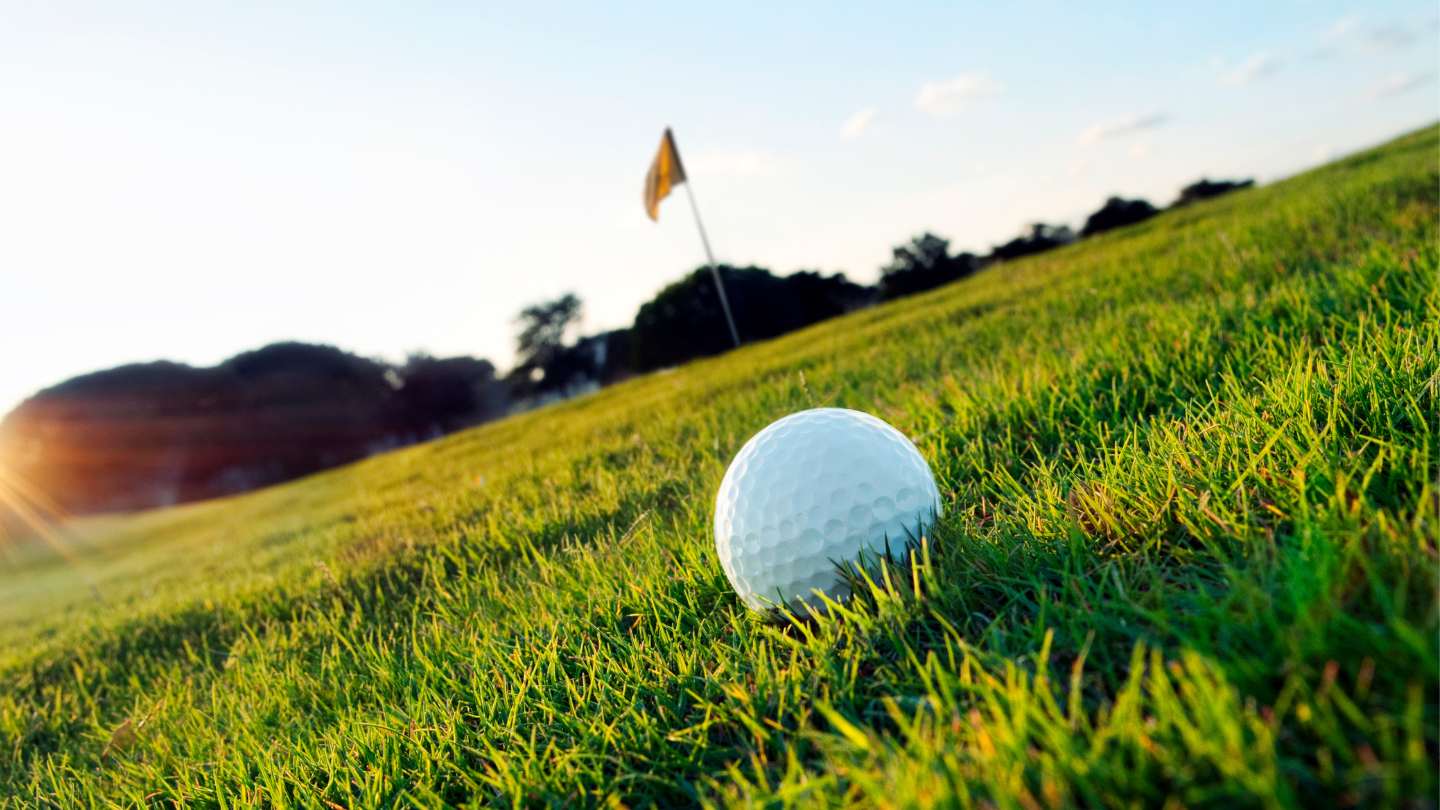
Mid-Handicap golfer who loves to share his rounds and experiences playing courses all around the UK in a hope that it will help others find those hidden gem golf courses.
I seek out golf courses that don’t get the credit they deserve and are often overlooked for the bigger more well known ones.
Golf club length is an essential factor in determining the proper swing technique and achieving better performance on the course.
In this blog post, we will delve into the different methods of measuring golf club length and their significance in improving your game.
Measuring golf club length involves determining the distance from the top of the grip to the bottom of the club head while it’s in a playing position.
How To Measure Golf Club Length
Measuring the length of a golf club involves determining the distance from the end of the grip to the heel of the club, typically using a 48-inch measuring stick.
Drivers and Irons
To measure drivers and irons, you should start from the end of the grip and measure up to the heel of the club. This is because standard yardsticks are not long enough for this purpose. Ensure the club is in its playing position during this measurement.
The Accurate Way
Traditionally, the length of a golf club is measured to the sole of the club, not the top of the camber. This is considered the most accurate way of measuring the length of a golf club.
Without Specific Measuring Device
In the absence of a specific measuring device, a 48-inch ruler can be used. It’s important to place the club on the ground in the playing position and ensure it is soled flush on the ground during measurement.
Pre-grip Installation
One common way to interpret the club length is by measuring the club before the grip is installed. This method is often used for its simplicity and consistency.
Overall Height Measurement
Your overall height measurement is also a critical factor when determining the right length for your golf club. This is considered the most basic method of figuring out the correct club length.
Standard Club Length
The standard club length for most manufacturers is 45 inches for drivers and around 35 inches for irons, putters, and wedges. However, these measurements can vary based on individual needs and preferences.
Wrist-to-floor Length
Another method to determine the right golf club length is to measure your wrist-to-floor length. A measuring stick that is at least 48 inches long can be used for this purpose. This method is particularly useful for players who have different proportions compared to the average golfer.
Why Is It Important To Measure The Length of a Golf Club?
Measuring the length of a golf club is essential as it directly impacts your comfort, swing mechanics, and overall performance on the course.
Comfort and Control
The right length of a golf club ensures that you are comfortable when playing. If a club is too long or too short, it may lead to discomfort, which can affect your concentration and control over the game.
Swing Mechanics
A correctly sized golf club allows for proper swing mechanics. An improper length could lead to poor posture, which in turn could disrupt your swing plane, leading to inaccurate shots.
Consistency in Shots
The correct length of your golf club contributes to the consistency of your shots. Inconsistent lengths can result in inconsistent shots, affecting your score and overall enjoyment of the game.
Injury Prevention
Using a golf club of appropriate length can help prevent injuries. Long-term use of clubs that are too long or too short can lead to unnecessary strain on your body, potentially causing injuries.
Customisation and Personal Preference
Knowing how to measure the length of a golf club also allows for customisation. Golfers can choose to have their clubs tailored to their specific needs and preferences, contributing to improved performance and increased satisfaction with the game.
Confidence and Performance
Playing with a golf club of the correct length can boost your confidence on the course. It allows you to trust your equipment, which can enhance your performance and make the game more enjoyable.

What Factors Should Be Considered When Choosing The Right Golf Club Length?
When choosing the right golf club length, factors such as your height, arm length, playing style, and skill level should be taken into consideration.
Player’s Height
Your height is one of the most crucial factors in determining the right golf club length. Taller players typically need longer clubs, while shorter players require shorter clubs, to maintain a comfortable posture and effective swing.
Arm Length
Arm length, or more specifically, the distance from your wrist to the floor, also plays a significant role in determining the correct club length. Players with longer arms might need shorter clubs, and vice versa.
Playing Style
Your playing style and the way you swing the club can influence the appropriate club length. For example, if you have a more upright swing, a shorter club might be suitable, whereas a flatter swing could benefit from a longer club.
Skill Level
Your skill level is another important factor. Beginners might find it easier to control shorter clubs, while more experienced players may prefer longer clubs for their potential to provide greater distance.
Comfort Level
Ultimately, comfort is key when choosing the right golf club length. Regardless of your height or skill level, if a club doesn’t feel comfortable in your hands, it’s likely not the right fit for you.
Club Type
The type of club also affects the ideal length. Drivers are generally longer to allow for maximum distance, while putters and wedges are shorter for precision and control.
Personal Preference
Personal preference should never be overlooked. Some golfers might prefer a longer or shorter club than what is conventionally recommended, based on their personal comfort and performance on the course.
What Are The Consequences of Using The Wrong Golf Club Length?
Using the wrong golf club length can lead to suboptimal swing mechanics, discomfort, inconsistent shots, and may even increase the risk of injury.
Impaired Swing Mechanics
If a golf club is too long or too short for a player, it can significantly affect their swing mechanics. For instance, a longer club can make the swing feel more “rounded” or “U” shaped, which can disrupt consistency and distance. Similarly, a shorter club may force the player to hunch over, leading to an awkward and ineffective swing.
Discomfort and Fatigue
Golf clubs that are not the right length can cause discomfort and fatigue over time. Longer clubs can feel uncomfortably heavy and might put undue strain on your body, particularly on your arms and back. This discomfort can hinder your performance and enjoyment of the game.
Inconsistent Shots
The length of your golf club plays a crucial role in shot consistency. Using a club that’s too long or too short often leads to shots not being struck in the centre of the clubface, resulting in inconsistent shots. This can affect accuracy and distance, making it harder to improve your game.
Risk of Injury
Using golf clubs that are not the correct length can increase the risk of injury. The incorrect posture and extra strain caused by the wrong club length can lead to long-term injuries, especially in the back and shoulders.
Creation of Bad Habits
Playing with the incorrect golf club length can result in compensations in your play style, often creating bad habits that can be difficult to unlearn. These habits can hinder your progress and negatively impact your overall performance.
Impact on Accuracy and Dispersion
The length of your golf club can also affect your accuracy and dispersion. In general, accuracy and dispersion tend to get worse as the club gets longer. This means that using a club that’s too long could lead to less accurate shots and a wider dispersion of shots, making it harder to hit your target.
FAQs
Q: What are the standard lengths for golf clubs?
A: The standard lengths for golf clubs can vary depending on the club manufacturers and the type of club. Generally, iron lengths range from around 36 inches to 40 inches, while putter lengths can range from around 32 inches to 35 inches.
Q: Can the length of a golf club affect my swing?
A: Yes, the length of a golf club can affect your swing. If the club is too long for you, it may cause you to reach too far and lead to a loss of control. On the other hand, if the club is too short, it may cause you to hunch over, leading to a restricted swing.
Q: How do I find the right golf club length for me?
A: To find the right golf club length for you, it is recommended to consult with a club fitter or a golf professional. They can analyze your swing, stance, and body measurements to determine the correct length based on your height and arm length.
Q: How does the length of a golf club affect ball flight?
A: The length of a golf club can affect ball flight in terms of distance and accuracy. Using a club that is too short may result in lower ball flight and reduced distance, while using a club that is too long may result in higher ball flight and potential loss of control.
Q: Can I adjust the length of a golf club?
A: Yes, the length of a golf club can be adjusted by a club fitter or a professional. They can either lengthen or shorten the shaft of the club to achieve the desired length. However, it is recommended to consult with a professional before making any adjustments to your golf clubs.
In Conclusion
In wrapping up, measuring golf club length is a straightforward process that involves determining the distance from the top of the grip to the bottom of the club head.
This measurement is crucial for ensuring a proper fit and ultimately enhancing your performance on the green.
By understanding how to measure golf club length, you can make informed decisions when selecting or customising your golf equipment.
Affiliate Disclaimer – As an affiliate, we may earn a commission from qualifying purchases. We get commissions for purchases made through links on this website from Amazon and other third parties.









Leave a Reply